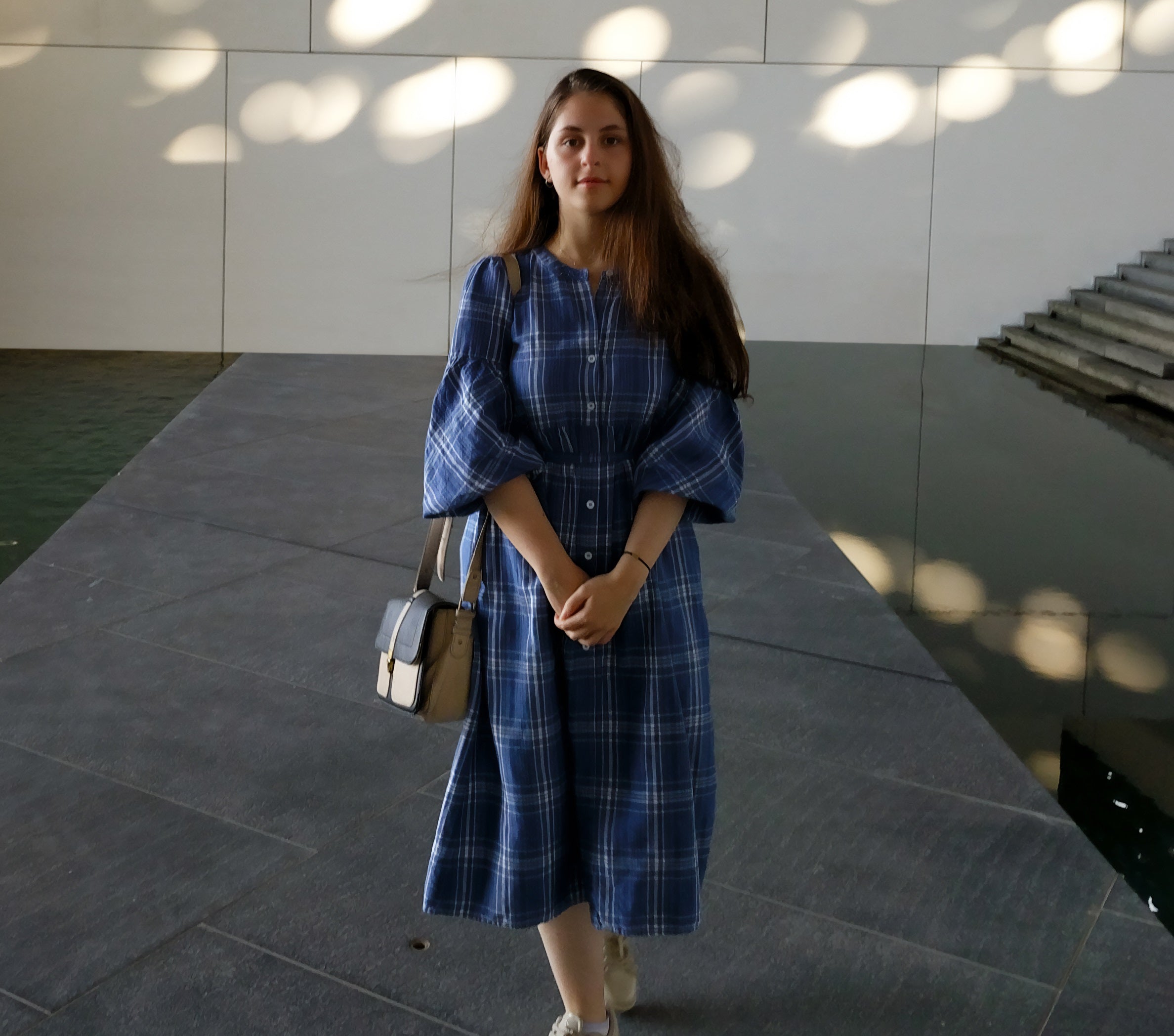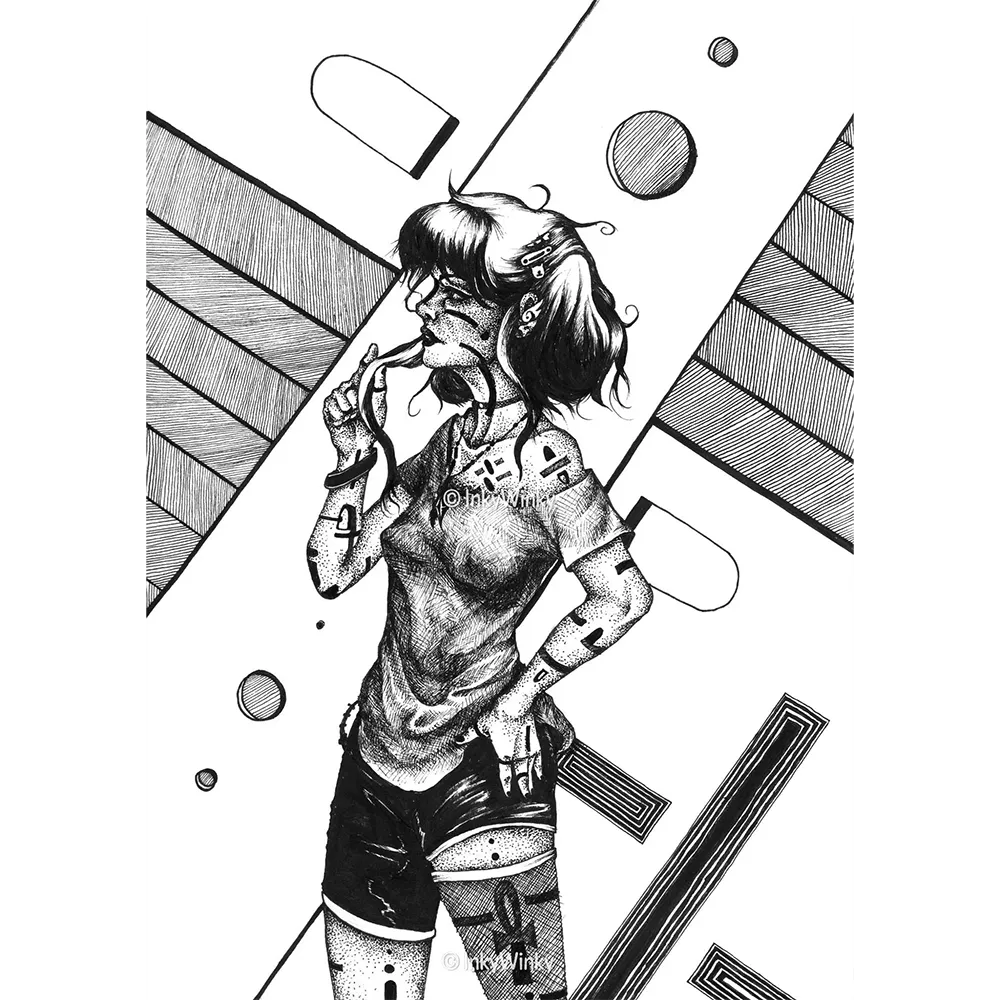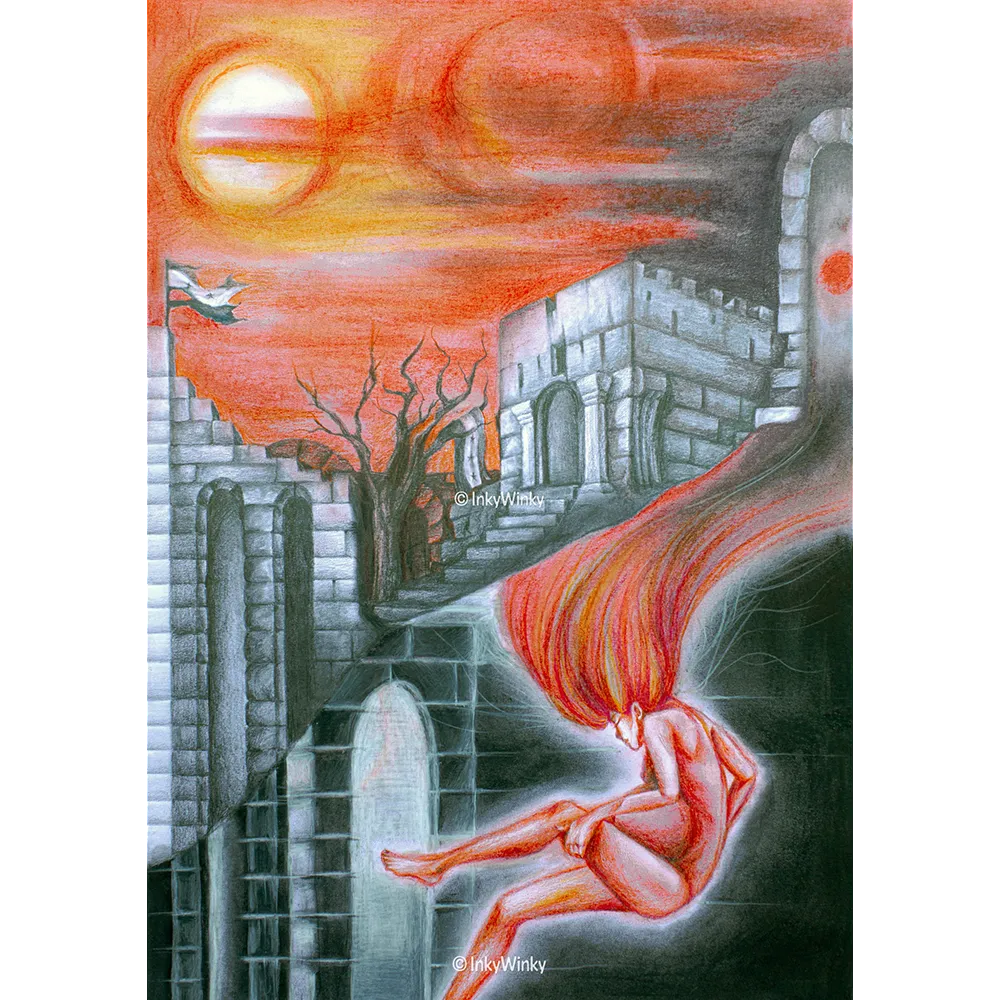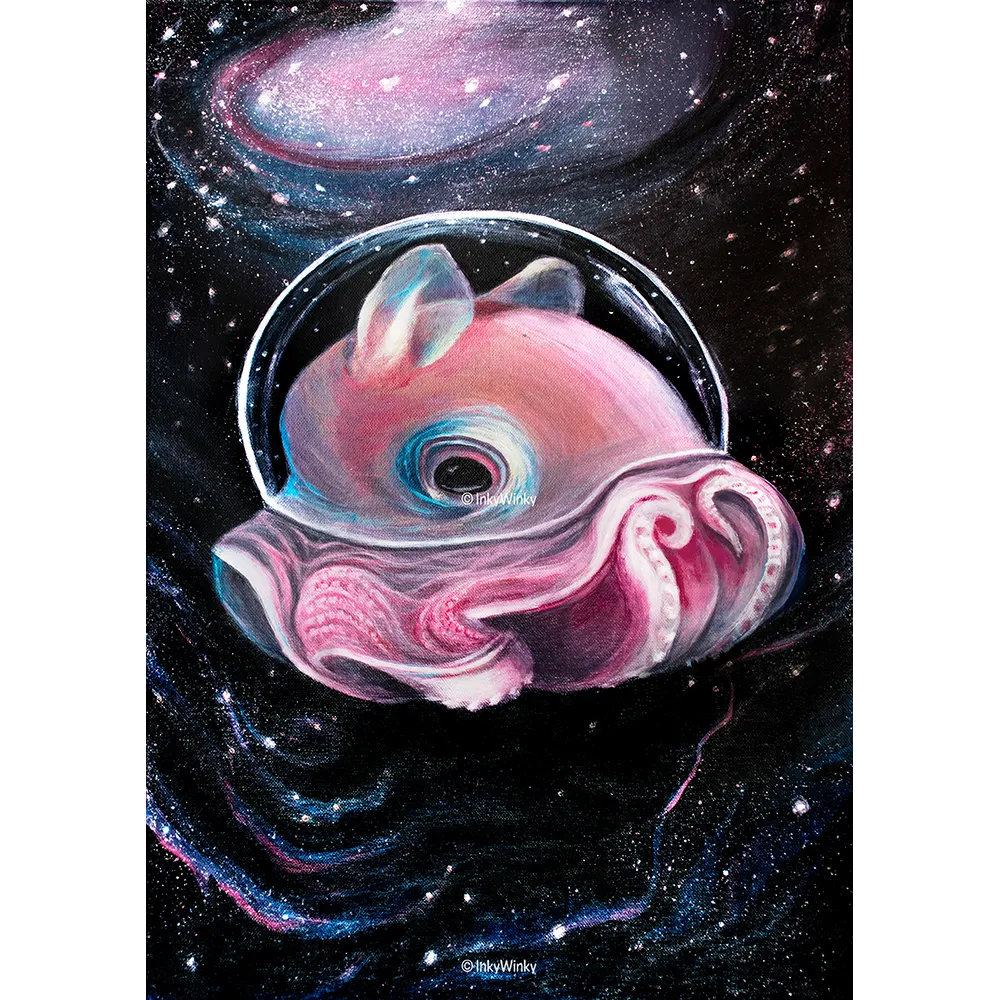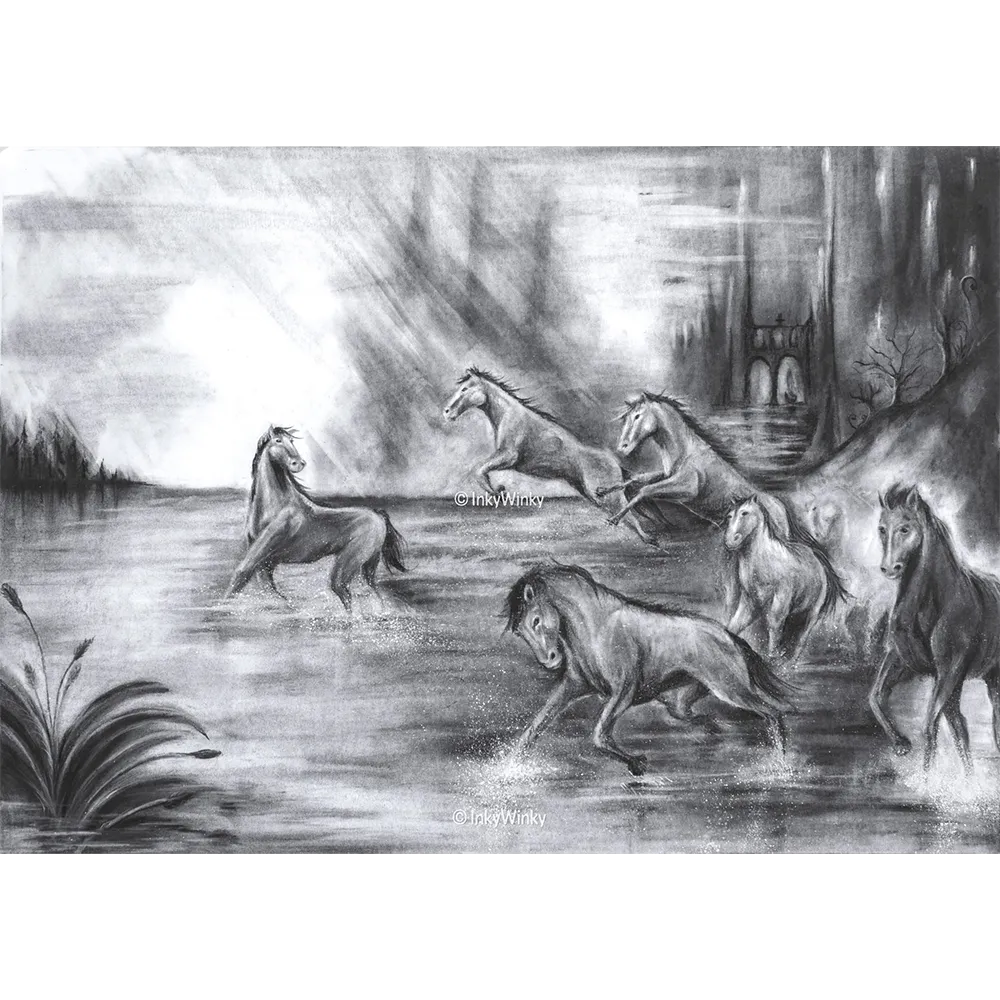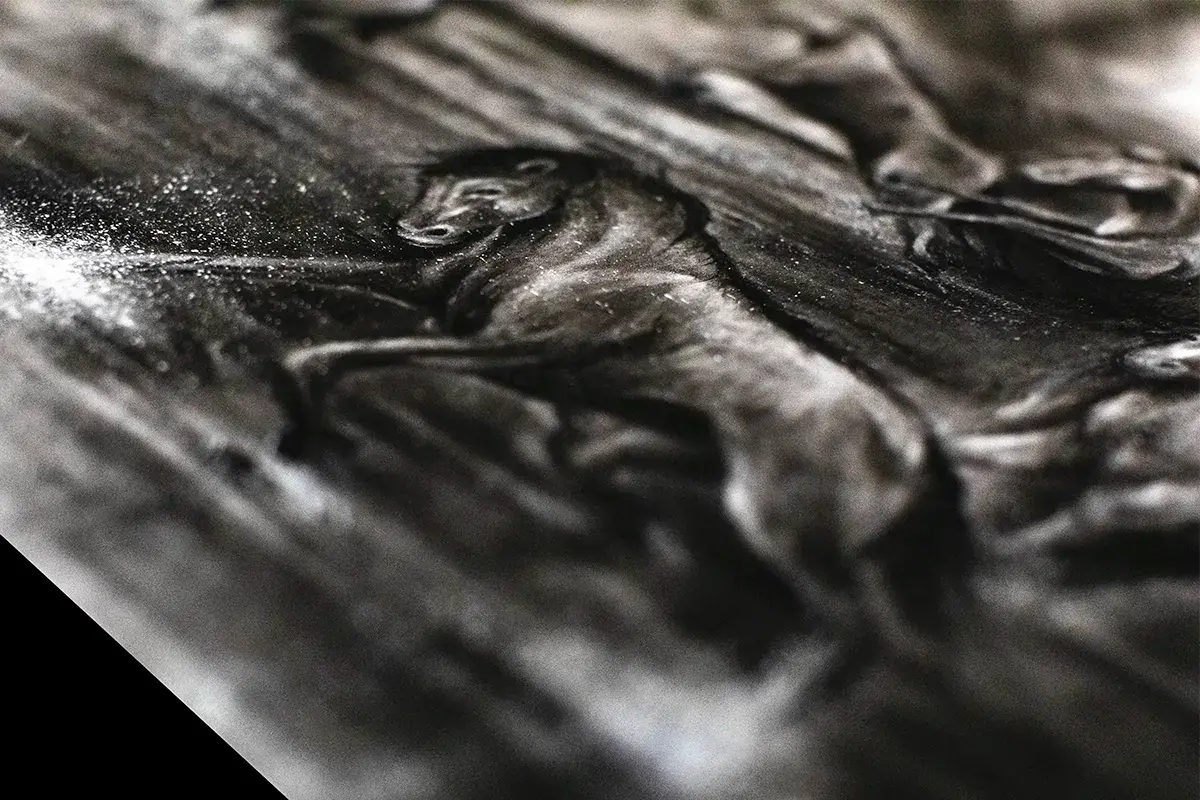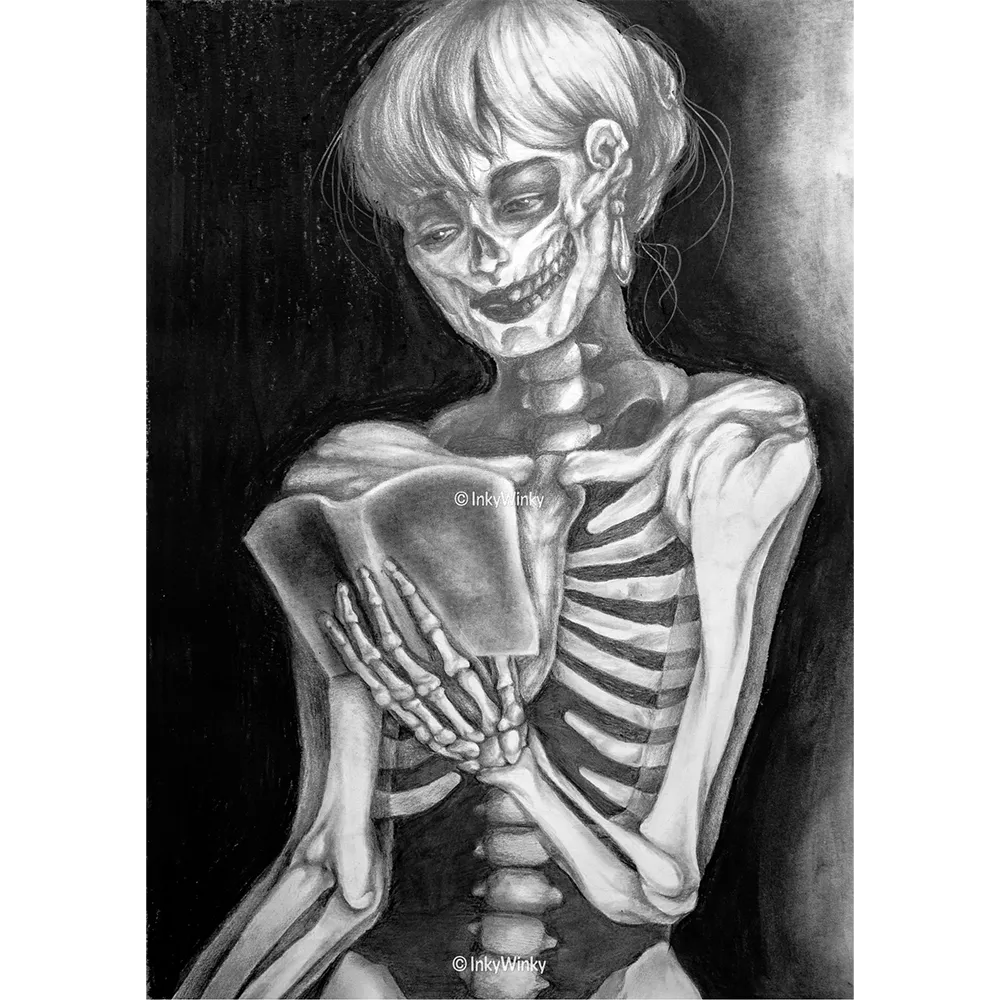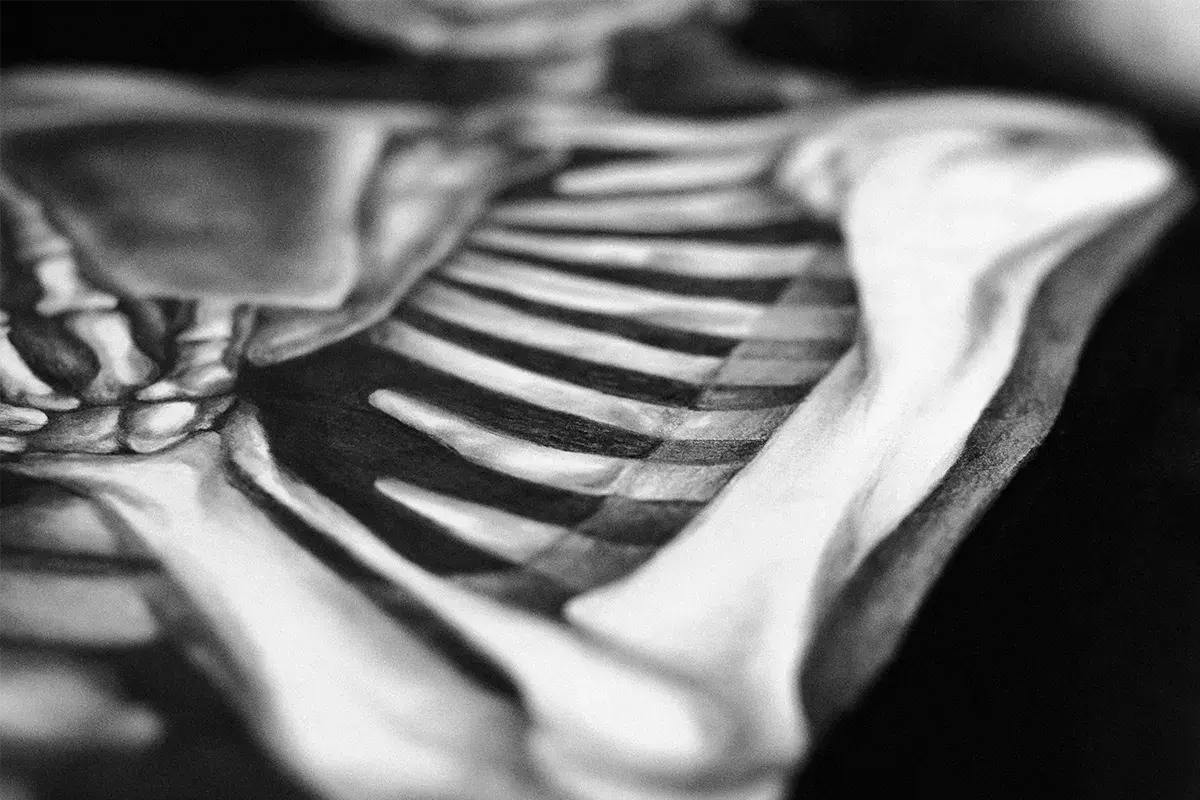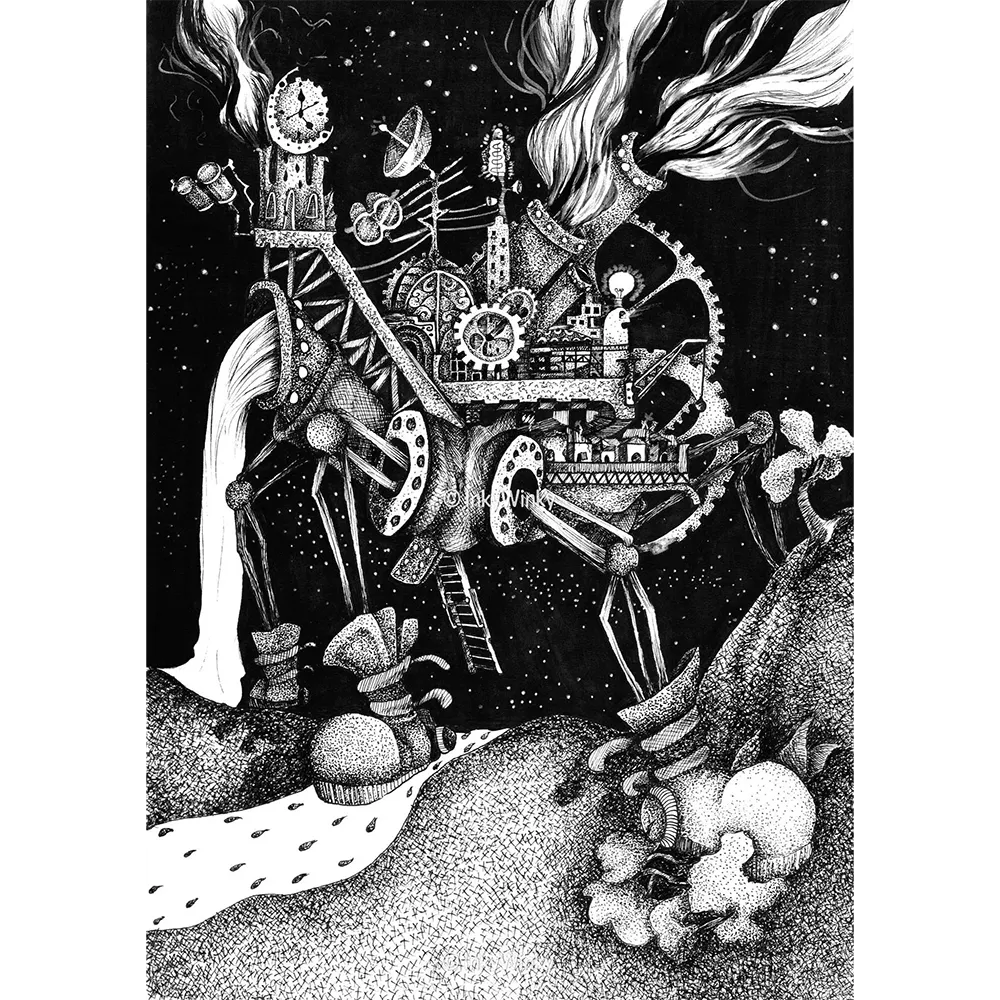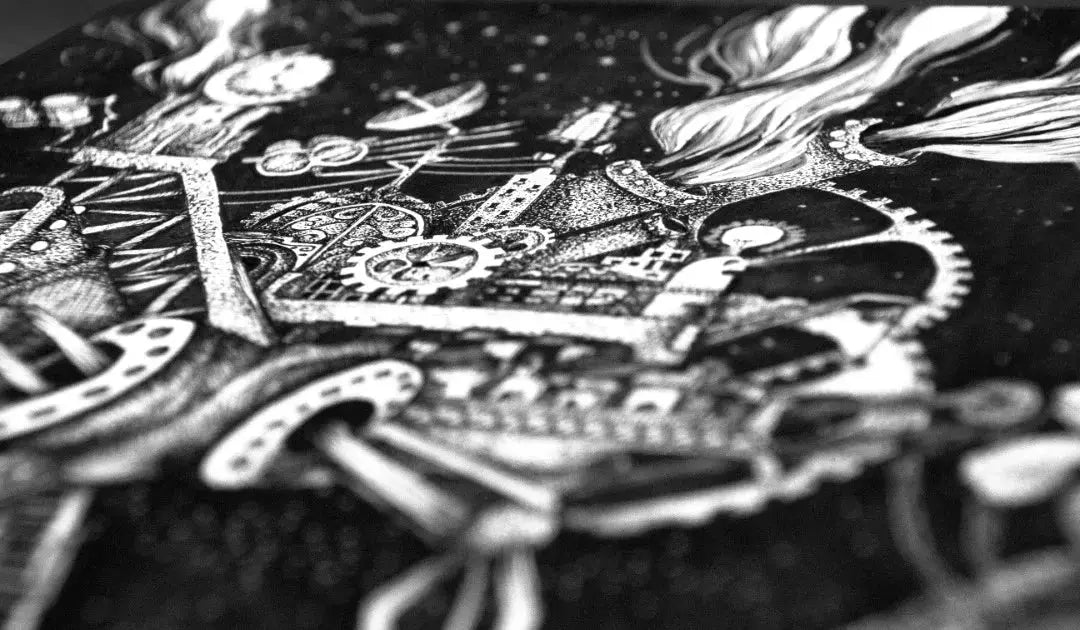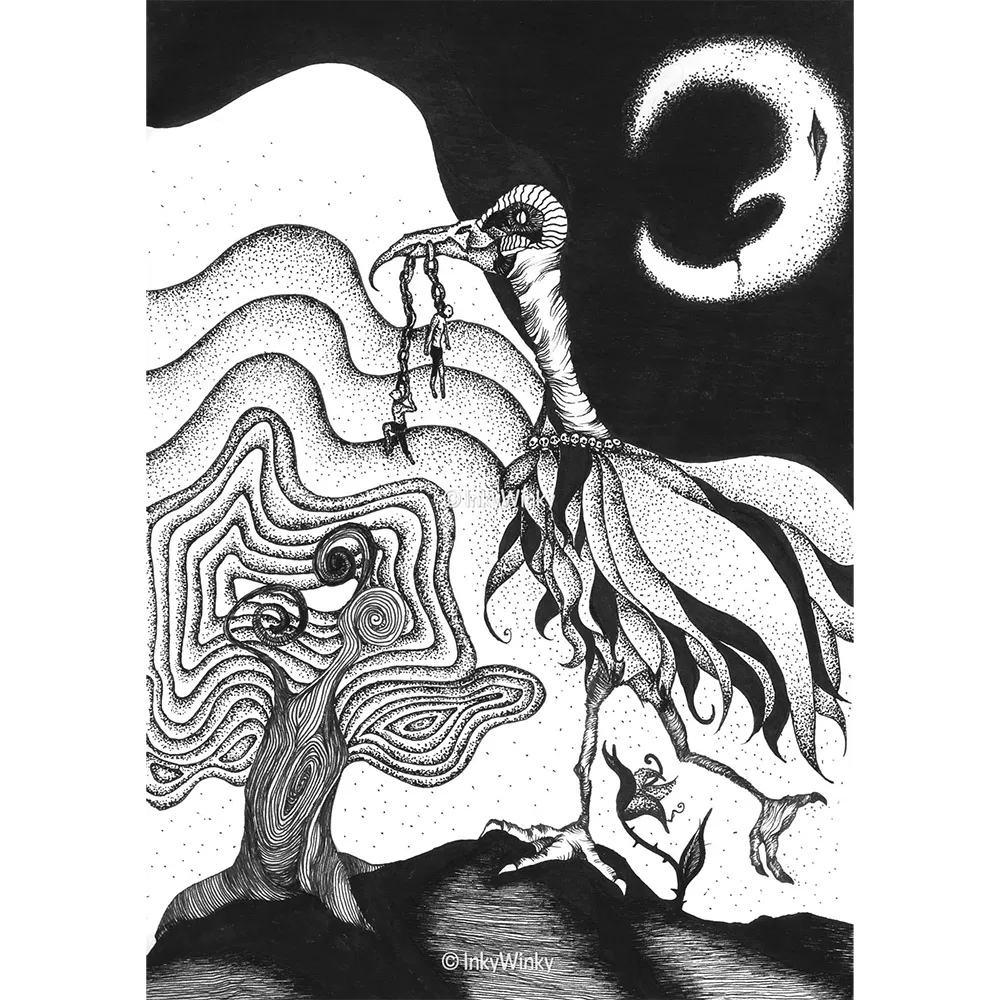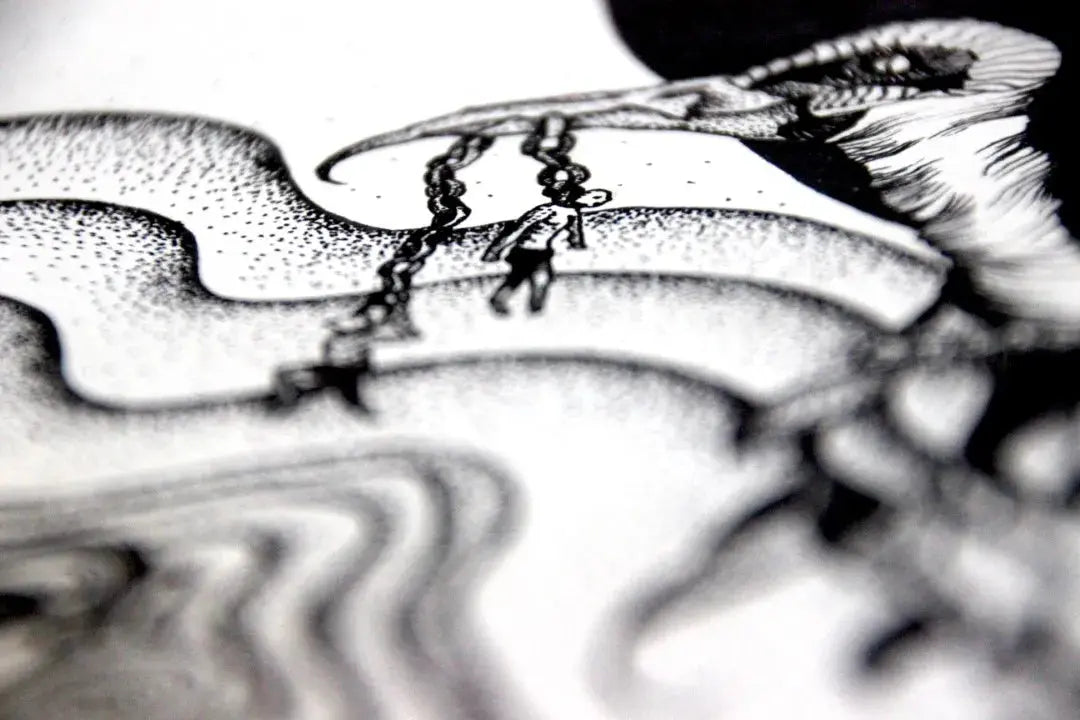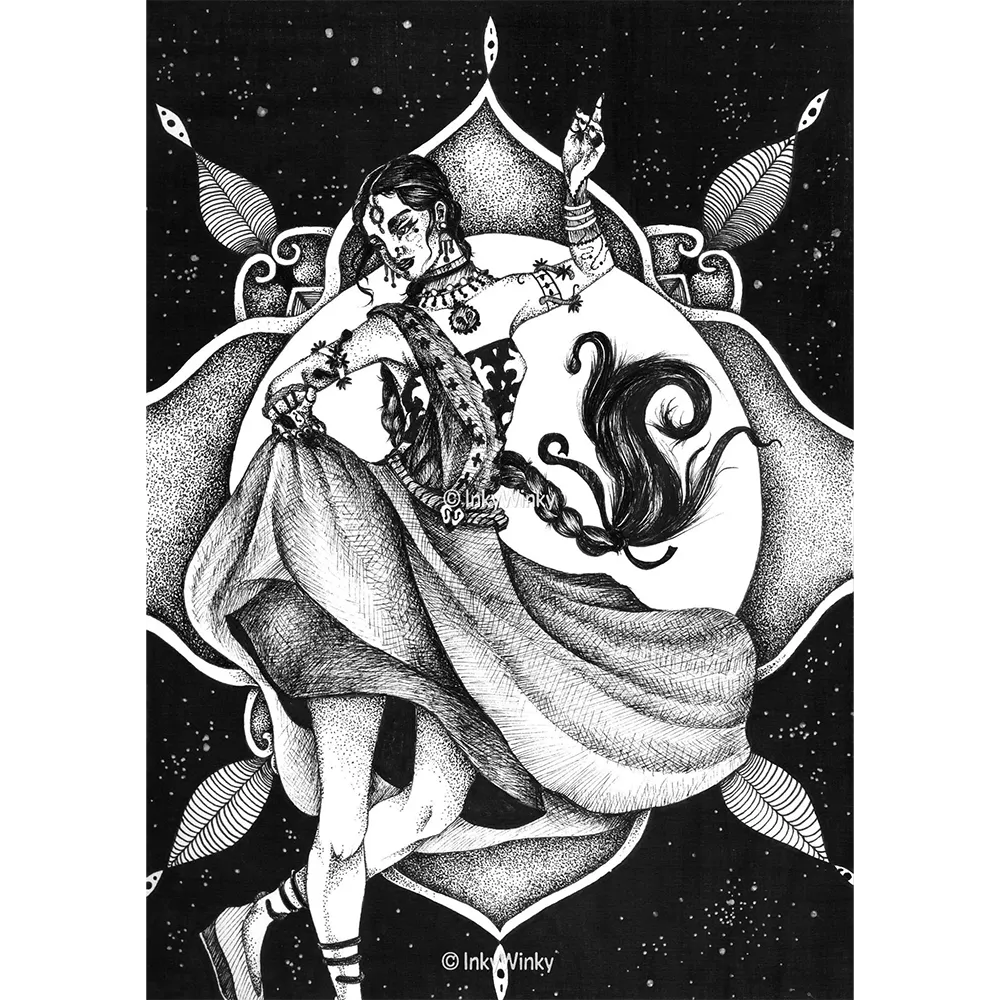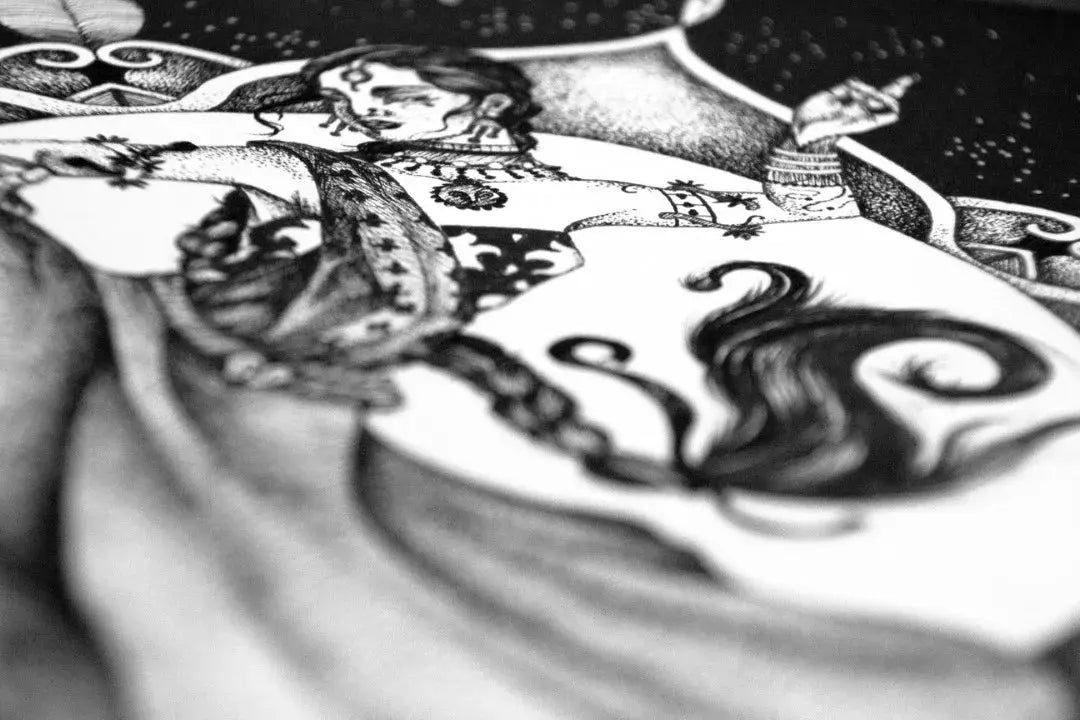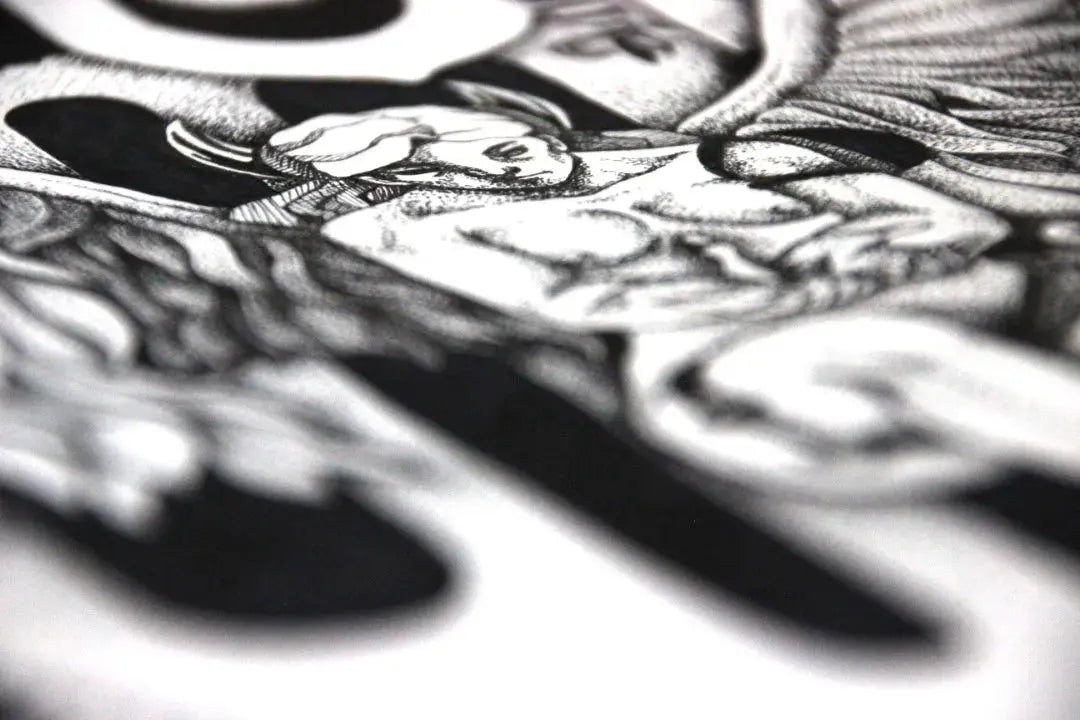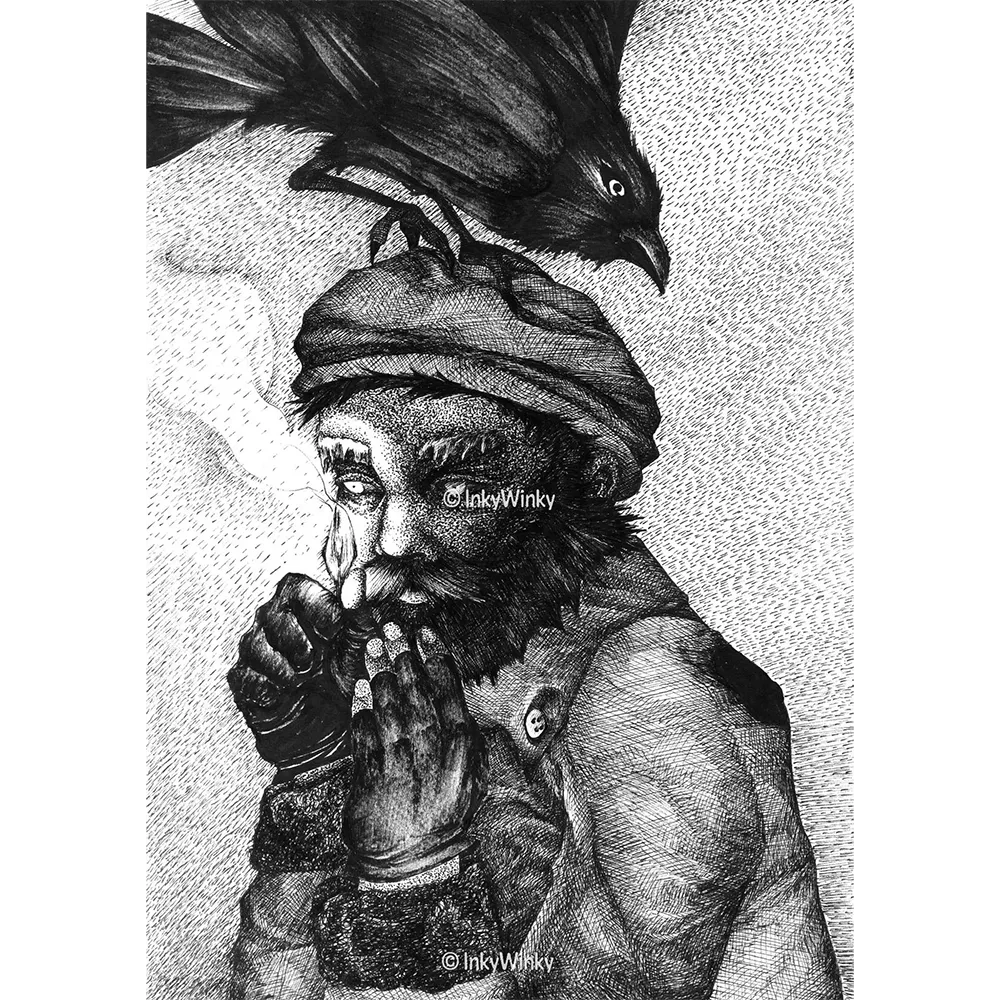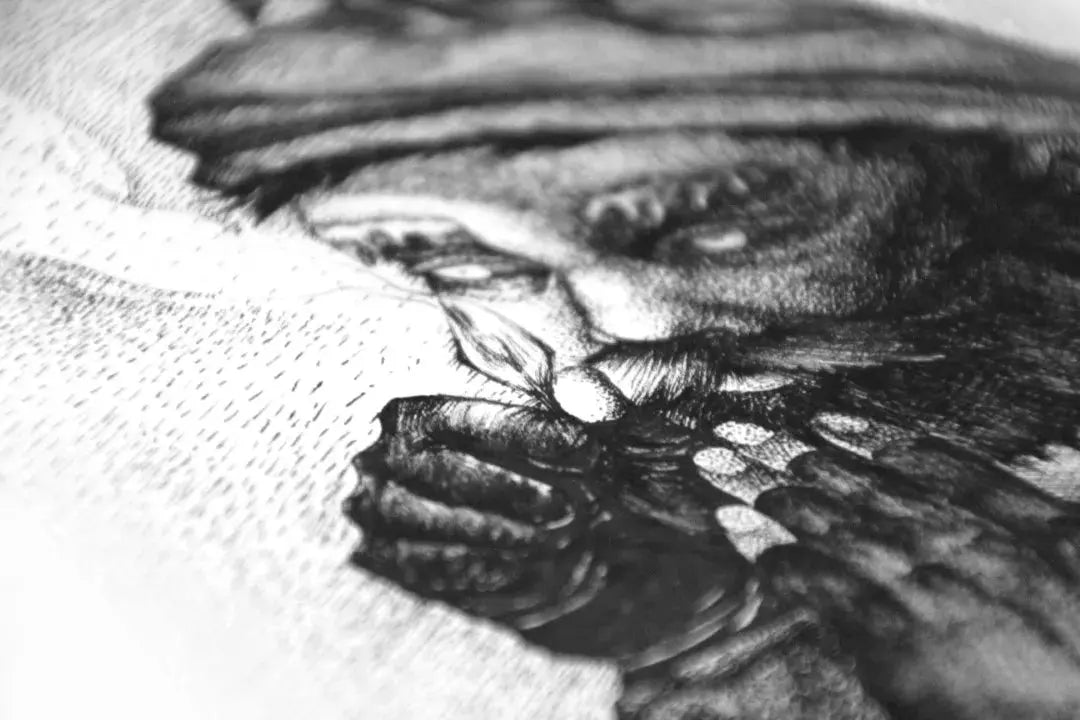How can Black and White Wall Art Redefine a Room?
Now that we've explored the intrinsic benefits of black and white art, let's turn our attention to the transformative potential it holds within the context of interior spaces. Strategically incorporating black and white wall art can redefine the ambiance of a room, especially when you consider the following tips:
- Create a Focal Point: What makes Black and White special, is that the combination of both colors create the worlds strongest contrast. It's that contrast that causes black and white wall art to have such an intense power of attraction; and cause it to serve as a timeless focal point in any room. Whether it's a striking photograph or an abstract painting, the monochromatic palette draws the attention of everyone and sets a sophisticated tone for the space. That's practical, use a focal point like this as a conversation starter, a prop or a distraction.
- Enhance Contrast and Depth: The absence of color in black and white artwork accentuates contrast and depth, making it an effective tool for transforming the perception of space. Strategically placed pieces can visually expand a room or create intimate corners that invite contemplation.
- Complement Various Design Styles: Black and white art effortlessly complements a wide variety of design styles, from modern and contemporary to traditional and eclectic. Its adaptability allows it to seamlessly integrate into existing decor or serve as a bold statement in a room undergoing a transformation.
- Promote Relaxation and Focus, or Spark Intrigue and Intensity: The simplicity of black and white art can contribute to a serene and calming atmosphere. Whether displayed in a bedroom, living room, or workspace, these pieces have the potential to promote relaxation and focus, making them ideal for spaces where tranquility is paramount. Or if you purchase a busier piece with more defined lines and darker blacks, you can excite viewers and encourage contemplation.
In What Ways is Black and White Art More Practical?
The aesthetic preference for Black and White Art extends beyond the realm of pure visual appeal. Practicality intertwines seamlessly with the allure of monochromatic creations, offering distinct advantages that cater to both creators and those seeking to incorporate these artworks into their spaces.
Versatile Decor Integration: Black and white art seamlessly integrates into various decor styles, providing a versatile option for individuals looking to refresh or redefine their living spaces. The neutrality of this palette ensures that these pieces harmonize effortlessly with existing furnishings and color schemes.
Resists Changes in Popular Trends: The enduring appeal of black and white art makes it a practical investment. Unlike trendy color schemes that may lose relevance over time, the classic nature of monochrome ensures that these pieces stand the test of ever-evolving design trends, promising longevity and value.
Ease of Maintenance: Practicality extends to the maintenance of black and white artworks. Without the complexities of color fading or clashing, these pieces often require less attention and effort to preserve their original vibrancy, making them an ideal choice for individuals with a preference for low-maintenance decor.
What Makes Black and White Abstract Art Intriguing?
Abstract art, characterized by its departure from realistic representation, takes on a distinctive charm when rendered in black and white. The absence of color in abstract compositions adds an extra layer of intrigue, allowing the mind to wander freely amidst shapes, lines, and forms. Let's explore the captivating elements that make black and white abstract art a compelling genre.
An Intense Focus on Shapes and Lines: Black and white abstract art places a heightened emphasis on form and line. The monochromatic palette allows viewers to engage more deeply with the intricate details of shapes and the dynamics of lines, fostering a contemplative experience that transcends the need for color.
Depth in Emotion: Black and white abstract art becomes a powerful tool for emotional expression. Artists can convey complex feelings and concepts through the interplay of light shadow, offering viewers a more direct and visceral connection to the conveyed feelings of the artist. The depth of shadows also directly contribute to the depth of emotion in an artwork. The smallest shadows in laugh lines can be highlighted with little effort, used to demonstrate intense feelings in portraits and in other settings.



